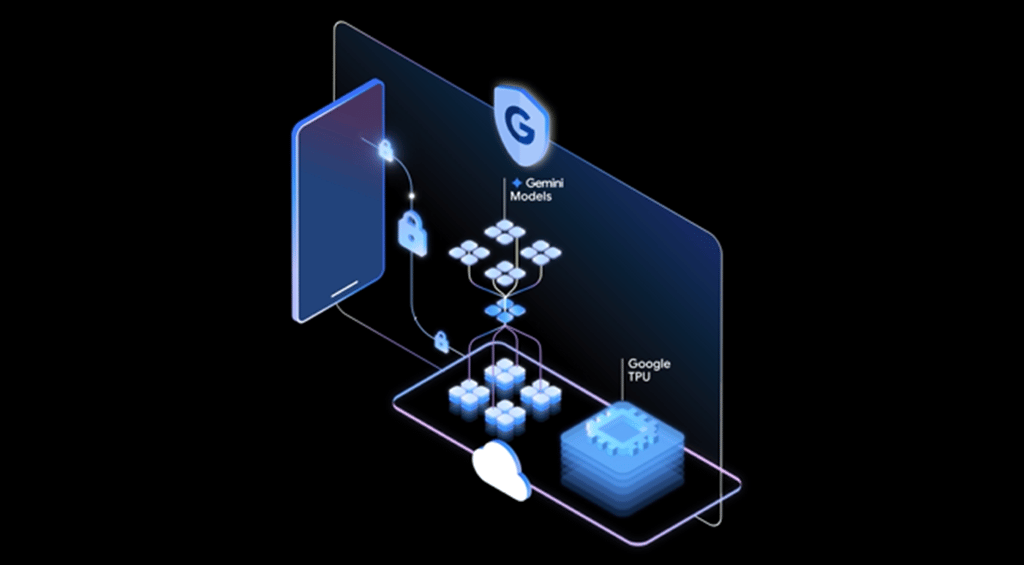Datamation content and product recommendations are
editorially independent. We may make money when you click on links
to our partners.
Learn More
Red Hat’s OpenShift Platform-as-a-Service (PaaS) offering started its life as a mostly proprietary product built on technology acquired from Makara in 2010.
In April of 2012, Red Hat made OpenShift available as open source under the OpenShift Origin effort. Simply making a project open source, however, doesn’t make it a true open source community with contribution and collaboration.
Cloud Storage and Backup Benefits
Protecting your company’s data is critical. Cloud storage with automated backup is scalable, flexible and provides peace of mind. Cobalt Iron’s enterprise-grade backup and recovery solution is known for its hands-free automation and reliability, at a lower cost. Cloud backup that just works.
SCHEDULE FREE CONSULT/DEMO
Red Hat is now moving to further enable an open source collaborative development model for OpenShift, making it easier for non-Red Hat people to contribute and participate in the platform’s evolution. To that end, Red Hat is now moving to a new model for contribution, using a public continuous integration (CI) environment and hosting a community day at the upcoming OpenStack Summit in Portland.
“We’ve been building up to this point for a long time, but with the announcement of the OpenShift Origin Community Day, we thought the timing was right to reach out to those who might want to get involved,” Matt Hicks, director of OpenShift Engineering at Red Hat, told Datamation. “While we will continuously improve, we believe we are very close to allowing users to effectively participate in any capacity, in any part of the project they are interested in, which is a big milestone for us.”
The new contribution model will be similar in nature to how the Linux kernel development model currently works with Git ‘pull’ requests for new features.
“Previously, we were closer to a traditional development setup – our developers had direct access to commit, others did not,” Hicks explained. “The real advantage of the pull request model is not in the pull requests themselves but that our developers are going through the same contribution process.”
As such, Red Hat is subject to the same tests and rules as everyone else. This allows for the contribution process to be very transparent and objective.
While Red Hat is now changing the way it accepts contributions for OpenShift, Hicks noted that the project has in fact received contributions to the project already. Those contributions include patches, feature enhancements and supplemental capabilities built against OpenShift’s REST APIs.
“We also have a strong base of users experimenting with cartridges and quickstarts and making regular contributions there,” Hicks said. ” Lastly, although not in patch form, some of our most valuable contributions have been from user discussions around features and ideas on IRC, our mailing lists and Google+.”
Roadmap
Red Hat is no stranger to the community development, having pioneered it in its core Linux platform business as well as in its JBoss Java middleware business units.
Hicks explained that OpenShift Origin relates to OpenShift Online and OpenShift Enterprise in much the same way that Fedora relates to Red Hat Enterprise Linux. OpenShift Enterprise is the on-premise version that was recently updated to version 1.1.
“OpenShift Origin is the upstream project for all of our work – it’s fast moving and focused on providing a collaborative environment,” Hicks said. “OpenShift Online and OpenShift Enterprise are both derived from this codebase and provide a longer, stable lifecycle with world class support for applications running on the platform.”
Hicks stressed that the goal for OpenShift is to become the standard for PaaS in the industry. In order to achieve that goal, Red Hat knows it must involve the broader community and that’s why OpenShift Origin is so critical.
“Creating a successful open source community isn’t a quick or easy effort, but it’s one that takes time, investment and a willingness to listen,” Hicks said. “Much of the success of OpenShift goes to our users and their willingness to participate and guide us and I expect that to continue to grow as we go forward.”
Sean Michael Kerner is a senior editor at InternetNews.com, the news service of the IT Business Edge Network, the network for technology professionals Follow him on Twitter @TechJournalist.
-
Huawei’s AI Update: Things Are Moving Faster Than We Think
FEATURE | By Rob Enderle,
December 04, 2020
-
Keeping Machine Learning Algorithms Honest in the ‘Ethics-First’ Era
ARTIFICIAL INTELLIGENCE | By Guest Author,
November 18, 2020
-
Key Trends in Chatbots and RPA
FEATURE | By Guest Author,
November 10, 2020
-
Top 10 AIOps Companies
FEATURE | By Samuel Greengard,
November 05, 2020
-
What is Text Analysis?
ARTIFICIAL INTELLIGENCE | By Guest Author,
November 02, 2020
-
How Intel’s Work With Autonomous Cars Could Redefine General Purpose AI
ARTIFICIAL INTELLIGENCE | By Rob Enderle,
October 29, 2020
-
Dell Technologies World: Weaving Together Human And Machine Interaction For AI And Robotics
ARTIFICIAL INTELLIGENCE | By Rob Enderle,
October 23, 2020
-
The Super Moderator, or How IBM Project Debater Could Save Social Media
FEATURE | By Rob Enderle,
October 16, 2020
-
Top 10 Chatbot Platforms
FEATURE | By Cynthia Harvey,
October 07, 2020
-
Finding a Career Path in AI
ARTIFICIAL INTELLIGENCE | By Guest Author,
October 05, 2020
-
CIOs Discuss the Promise of AI and Data Science
FEATURE | By Guest Author,
September 25, 2020
-
Microsoft Is Building An AI Product That Could Predict The Future
FEATURE | By Rob Enderle,
September 25, 2020
-
Top 10 Machine Learning Companies 2020
FEATURE | By Cynthia Harvey,
September 22, 2020
-
NVIDIA and ARM: Massively Changing The AI Landscape
ARTIFICIAL INTELLIGENCE | By Rob Enderle,
September 18, 2020
-
Continuous Intelligence: Expert Discussion [Video and Podcast]
ARTIFICIAL INTELLIGENCE | By James Maguire,
September 14, 2020
-
Artificial Intelligence: Governance and Ethics [Video]
ARTIFICIAL INTELLIGENCE | By James Maguire,
September 13, 2020
-
IBM Watson At The US Open: Showcasing The Power Of A Mature Enterprise-Class AI
FEATURE | By Rob Enderle,
September 11, 2020
-
Artificial Intelligence: Perception vs. Reality
FEATURE | By James Maguire,
September 09, 2020
-
Anticipating The Coming Wave Of AI Enhanced PCs
FEATURE | By Rob Enderle,
September 05, 2020
-
The Critical Nature Of IBM’s NLP (Natural Language Processing) Effort
ARTIFICIAL INTELLIGENCE | By Rob Enderle,
August 14, 2020
SEE ALL
CLOUD ARTICLES







